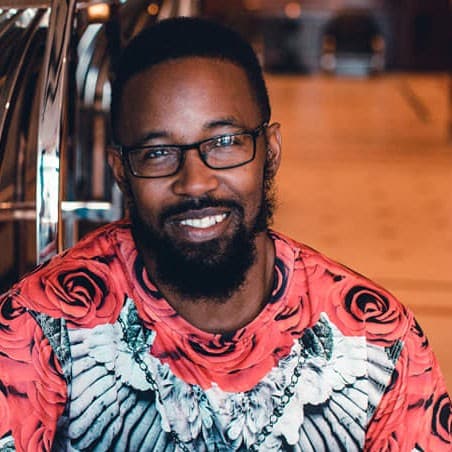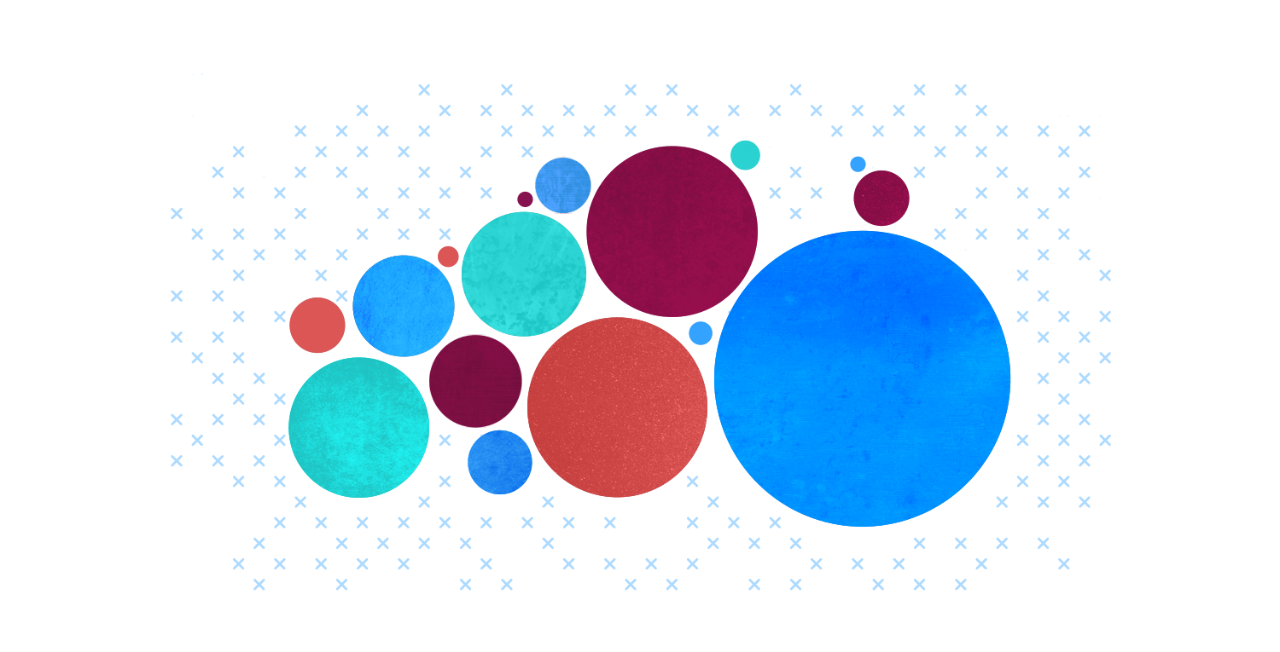USER STORIES
Driven by technology, inspired by art
As a programmer, teacher, writer and artist, Kriss Harris is in constant pursuit of his life's biggest passions.
TOP 3 LESSONS
- Take advantage of SAS tutorials and practice exams if you plan to earn a certification. The extra prep work will save you time and effort.
- Keep yourself motivated and inspired by going to conferences. Write down your goals so you know what you're working toward.
- Always stay open to learning new skills because they can lead to new opportunities, but never abandon your true passion.
THE JOURNEY
Kingston University
Degree in statistics and internet computing
The University of Sheffield
Master’s degree in statistics
Industrial placement & first job
Statistician at GlaxoSmithKline
Next career move
Contract computational statistician at Eli Lilly
SEE THE BENEFITS
ON LEARNING SAS®
"I tried to prepare for the [SAS certification] exam on my own, but I was just a beginner. I used a worksheet, and my team helped me learn how to produce macros. It's easier to learn SAS now because there are so many tutorials, but back then I had to learn everything myself."
9
The number of times (and counting?) Kriss has attended SAS Global Forum. He's been a speaker at the conference at least eight of those times.
25+
SAS offers more than 25 certifications to help you advance your career.
ON CO-AUTHORSHIP
"I've written a book on how to do graphics using SAS. I decided to work with a co-author and it's been great; the process has helped me learn that the power of 'we' is better than the power of 'I.'"
I'm the oldest child in my family, so I've always been a problem solver.
MY STORY
Q: What first got you interested in statistics?
A: When I was a kid, I wanted to be an artist, but I knew I would learn computers because my family always said that I was good with computers. I was also into maths a little bit. And then, when I was 14 or 15, I heard about statistics, so I took a module and got more interested in it. When I went to Uni, I got an industrial placement at GlaxoSmithKline, and when I finished my degree, they offered me a job there. They thought well enough of me to offer me a job as a statistician supporting drug discovery.
Q: When did you first get introduced to SAS?
A: I didn't use SAS that much in my first job. I had heard of it, but I didn't know how big it was during that time because we used point-and-click technology. It wasn't until I was trying to get another position at my company within preclinical stats that I first became aware of SAS. I eventually wanted to move to clinical and become a SAS programmer instead of a statistician, but I needed to learn more Base SAS, and potentially obtain the SAS Base Certification, to get there.
Q: So you got certified in SAS to qualify for a new position? How did you prepare for the certification exam?
A: When I first learnt SAS, I used a worksheet of questions developed by the statistical department, and my team helped me learn how to produce macros. It's easier to learn SAS now because there are so many tutorials, but back then I had to learn everything myself.
Read more of Kriss' story
Q: What was the next step for your career?
A: I decided to get my master's degree in statistics; my colleagues were going for it as well. I went to school part-time and through distance learning. After about five years at my old job, I moved to Eli Lilly and became a programmer. It was easy to make the transition because I was in preclinical and I already did my own programming. In this new position, I could do more writing and manipulating data.
Q: It's impressive that you've held positions at some excellent companies, but you've also found interesting new paths to pursue on your own. How did you get involved with teaching?
A: I started teaching when I was at Glaxo; I taught biologists how to use SAS Enterprise Guide and showed people how to do graphics in SAS. That's when I realized how much more you could do with SAS. It became my passion. I'm still interested in teaching, and now I've created a YouTube channel. I mostly do it on weekends.
Q: What other career interests do you have?
A: I've written a book on how to do graphs using SAS. I decided to work with a co-author and it's been great; the process has helped me learn that the power of "we" is better than the power of "I." The book is based on creating SAS graphs.
Q: I know you mentioned that you loved art as a kid. What kind of art?
A: Mostly drawing things. I really liked manga.
Q: How do you stay so motivated to always be pursuing your next biggest goal?
A: I really enjoy going to conferences, especially motivational conferences. They help keep me inspired. One of the things I've done is written down my plans because you have to know the reasons behind why you want do it; knowing the reasons behind your plans gives you the fuel to go after them. Plus my grandfather always encouraged me to be ambitious.
Q: It sounds like you go to a lot of SAS conferences, as well.
A: If it weren't for SAS papers and conferences, I wouldn't be where I am today; I wouldn't be teaching people how to use SAS graphics. I'm grateful for the SAS community.
One of the things I've done is written down my plans because you have to know the reasons behind why you want do it; knowing the reasons behind your plans gives you the fuel to go after them.
TOOLS FOR SUCCESS
Base SAS® Software
Flexible, extensible 4GL and web-based interface for data access, transformation and reporting.
SAS/STAT®
Analyze any kind and size of data using the latest statistical techniques.
SAS® Certification
Get certified in SAS to validate your skills and set yourself apart.

Explore Amazing Careers in Analytics


